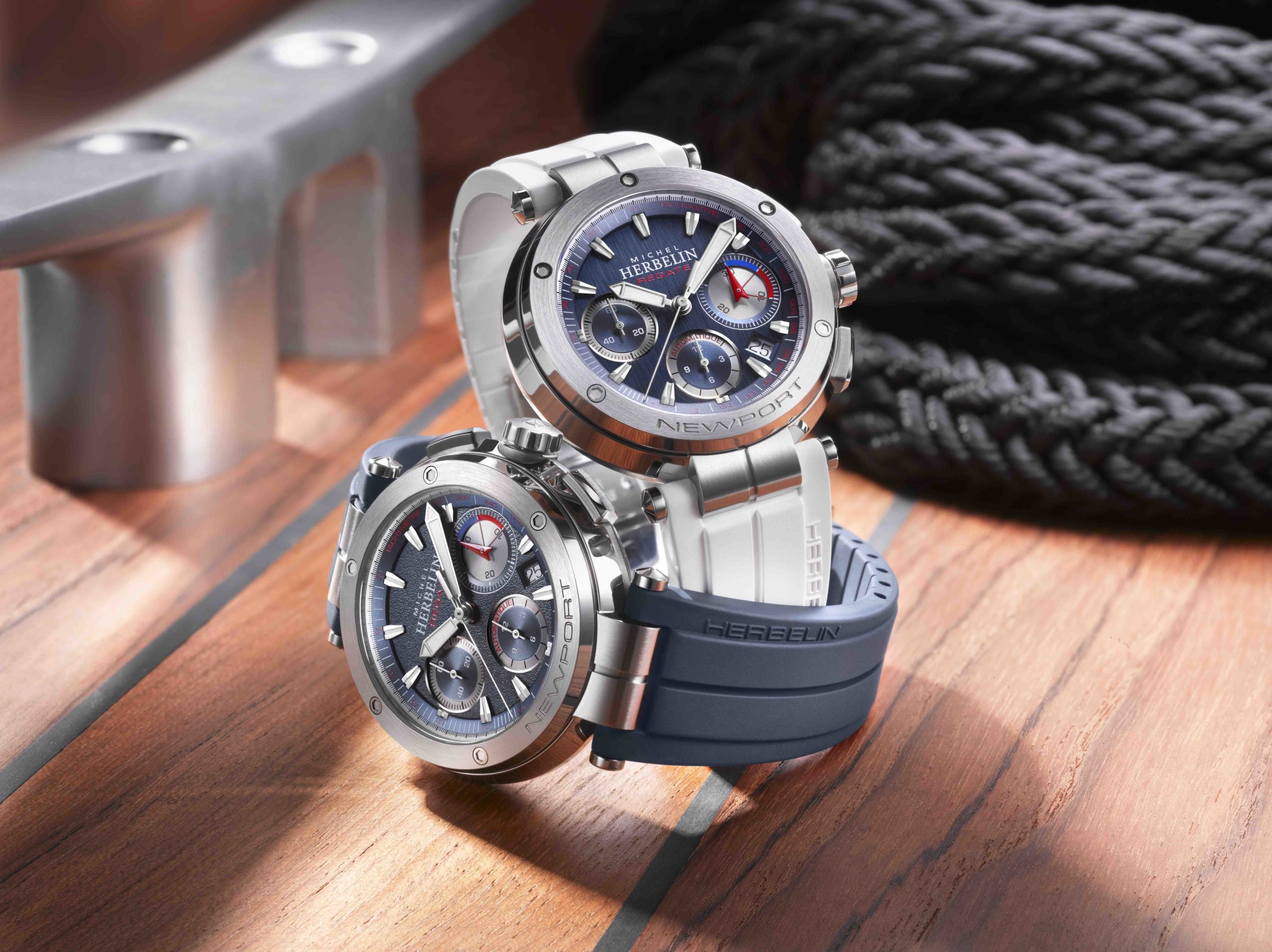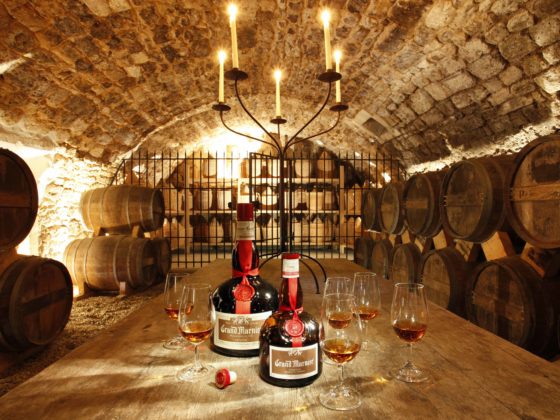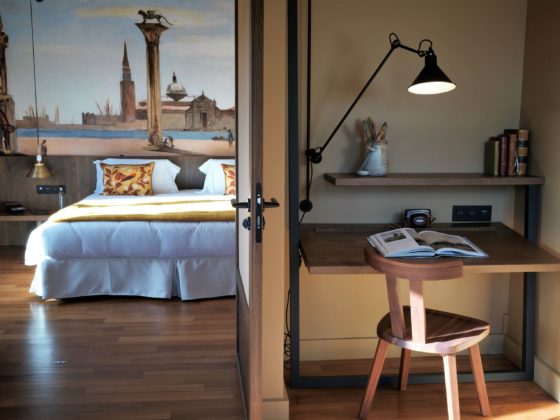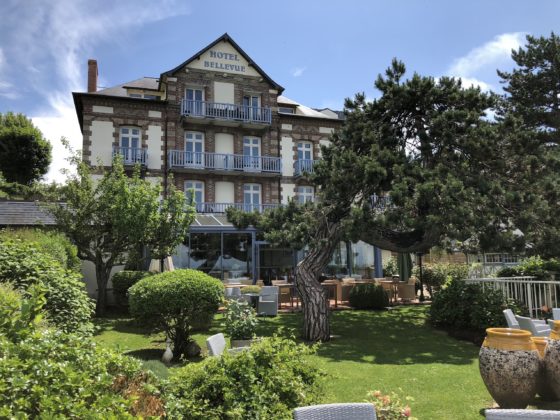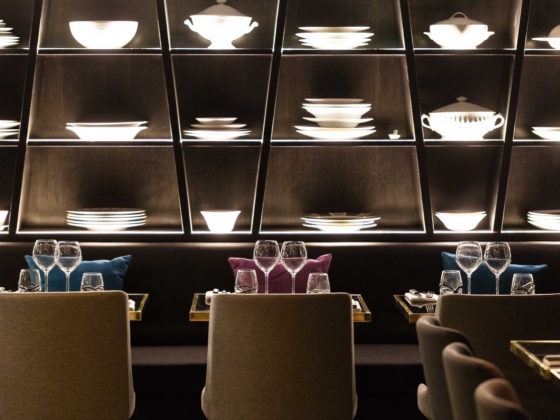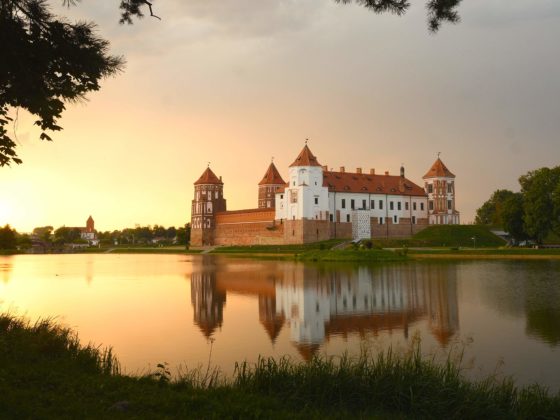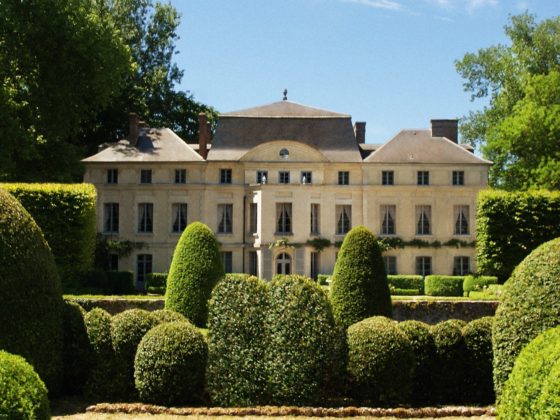A visit to the Grand Hôtel de Cabourg, this institution on the Normandy coast where Proust used to stroll along the English Channel in search of inspiration…
By François Tauriac
Avenues of the coast or Routes of the beach on the Normandy coast, it is not that which misses. There is only one street with pretty Neptunian names that leads to green squares, at the end of which are monuments of 1900 architecture. Whether you are in Calvados, Manche or Orne, the Avenue de la mer in Cabourg is the only road that leads to the most majestic of seafront monuments, the Grand Hôtel. It is the Crillon of Normandy, the Plazza Athénée of the Côte de Nacre. Except that instead of Avenue Montaigne, Place Vendôme or the Eiffel Tower, it is the English Channel that looks at the palace from the window. The majestic ocean that licks for miles the coasts of the waterfront, greedily, with changing tides and conquering breakers, as white as huge rows of curly meringues. The building is imposing. Five Haussmannian floors over 200 meters long. About forty windows with, on the first floor, blinds blinking with their red sillé eyelids on the French windows in lampshade.

The heavy door with cylinders pushed, one passes initially under the chandeliers with pampilles balloon size diamond. Monumental and baroque lights, which are said to reproduce all the colors of the rainbow. Then one brushes against the Herculean columns of the vestibule, the American bar on the left flanked by a black lacquered grand piano, the cashier on the right and finally one treads the thick taupe carpet on the floor. There are sofas at the back, a ceiling of an infinite height also, the decoration – modern – was recently redone, it refreshed this interior beginning XIX ème.
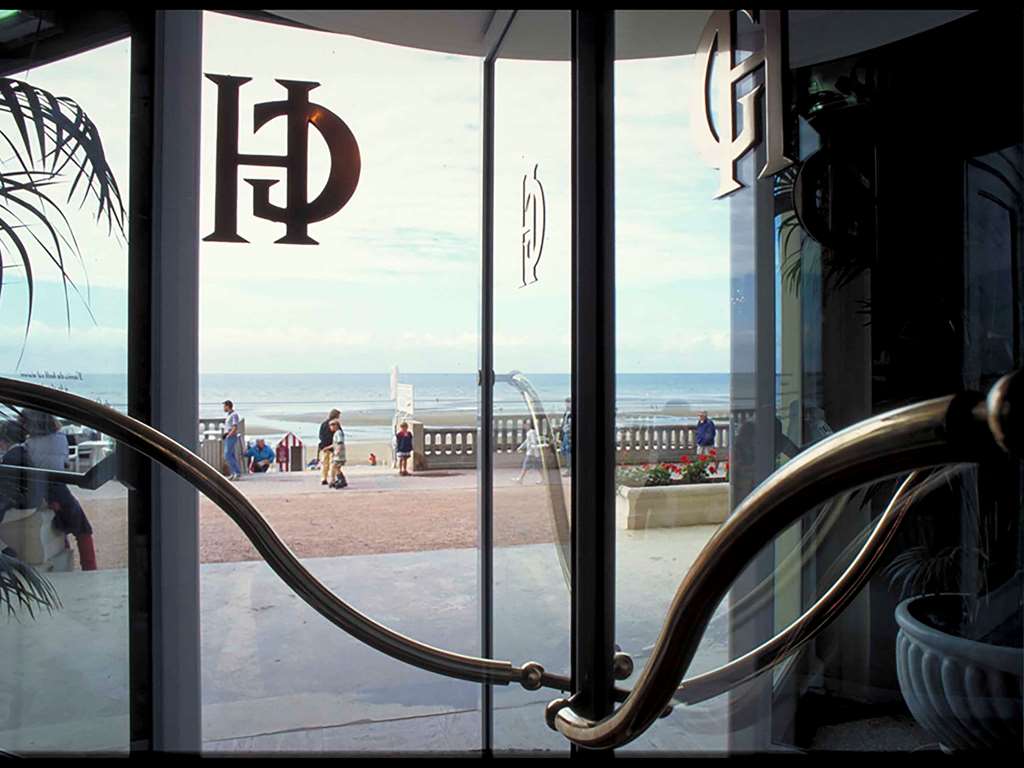
But what strikes first, what attracts the eye even, like a magnet hungry for metal, is the ocean glow of the sea, so close that it dazzles the place. It shines on the ceilings. This has been going on for a hundred and ten years. For more than a century, this castle-hotel has stood on the coast like a wedding cake at the end of a wedding. A seaside lookout on the promenade that runs there, in front, on the bay. The Grand Hotel does not only face the sea with its double exposure. It also seduces. Above all, it fascinates. Through all the generations, from the painter René-Xavier Prinet, to the president Raymond Poincaré, to the car manufacturer Ferdinand Renault and the academician Jacques de Lacretelle, it is obviously Marcel Proust, from 1907 to 1914, who left the most beautiful imprint there. He even made it his thebaid, marking the place forever with his talented pen. He always rented the same room on the fourth floor,” explains Corinne Dupont, the hotel’s general manager. He even wrote many of his works inspired by the place, during the summers: A la recherche du temps perdu, Du côté de chez Swan: A la recherche du temps perdu, Du côté de chez Swan.”
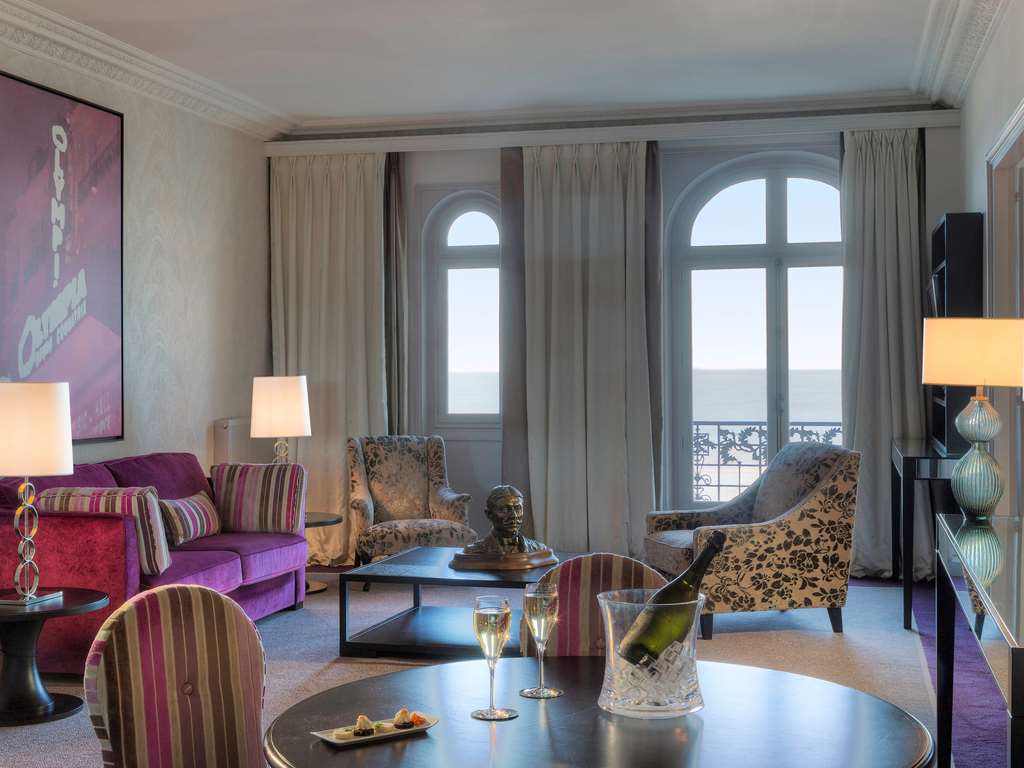
The 414 must therefore be visited. After the enfilade of the corridor striped in the manner of gift packages and Murano chandeliers, we now enter as in a museum. After the enfilade of the corridor striped in the manner of gift packages and Murano chandeliers, we now enter as in a museum. First, there is a small hallway with gray painted bas-lambris walls, which leads to the bedroom, the wide-slatted oak floor, the 1900’s furniture, the copper-steel bed, the pâte de verre chandelier on a molded ceiling and even an oak clotheshorse, as stiff as a British butler, next to the bookcase obviously filled with works of the master. And then, above all, there is this breathtaking view overlooking the ocean. The intoxicating glow of these never-tamed waters and the uninterrupted music of the surf. The cormorants that fly and hover almost stationary. And who spend their days shouting at the winds, as if they were protesting against the gusts. The owner’s tour ends with the beautiful bathroom where the decorator pushed the detail to the point of finding angular sinks, on legs, of old style with matching modern mixers. An alcove bathtub almost hidden behind its silk curtains completes the room dedicated to ablutions.
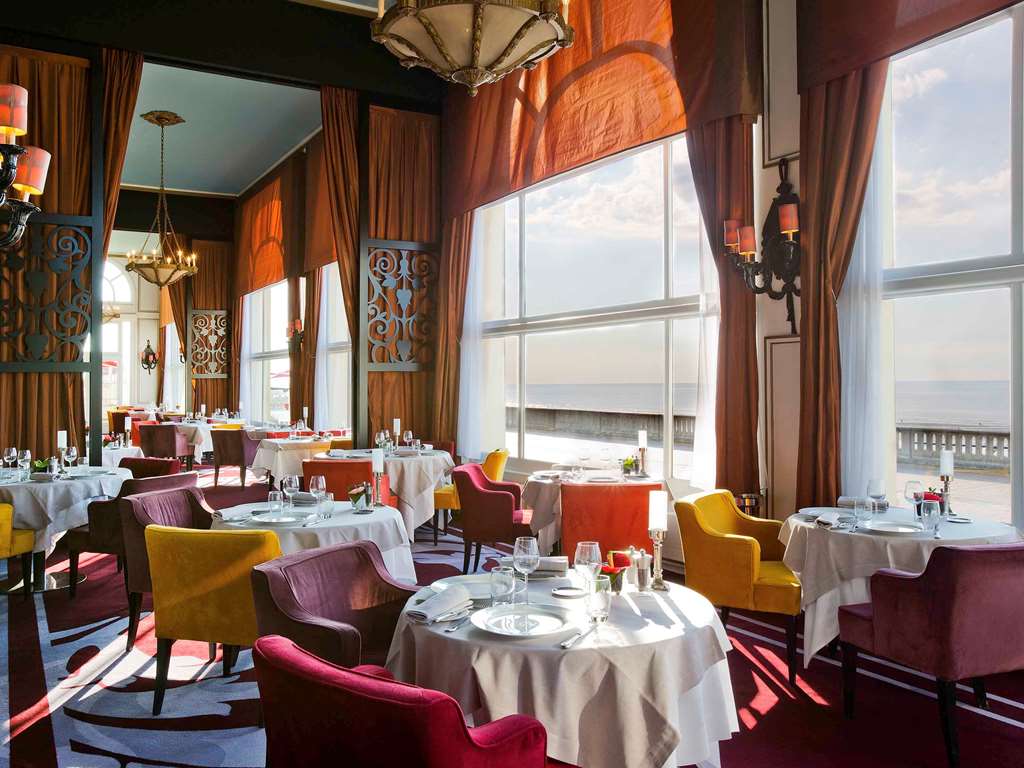
From then on, one no longer wonders why Proust found his most beautiful lines in these places. Everything here breathes the dream, the moorings cast off for the open sea and the rest of the soul. At night the tide is high and the waves come and lick the ramparts almost to the walls that protect the promenade. Then, we wake up early to go down to breakfast. There is no question of running the room service. The first meal can only be taken in the monumental dining room of the Balbec, where the breathtaking marine spectacle is only interrupted by the comings and goings of the waiters in livery who wander around the almost empty room, like idle penguins on the ice. The buffet is prodigious. Rich and generous. Gorgeous as the English customers say. There are pancakes, croissants, eggs, exotic fruits, Norman products galore. And we savor this cascade of benefits between hot coffee and iced grapefruit, while dreamily letting our eyes wander over the horizon. The only thing missing is a dog running on the beach. Trintignant and Anouk Aimé embracing each other, even if we are not in Deauville. “Like our voices, our hearts see it, once again, as a chance,” says the song from Lelouch’s film. And one thinks of the good fortune to be at the edge of this Norman beach. To the madness of this time which sometimes prevents us from tasting these enchanted parentheses. In this search for lost time, dear to Proust’s heart, which he wrote here. And we say to ourselves that we will never again be able to taste madeleines without thinking of Marcel’s palate.



